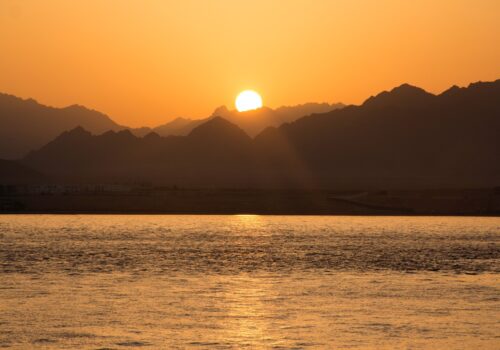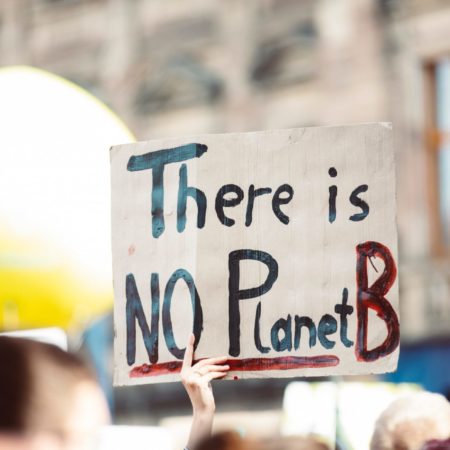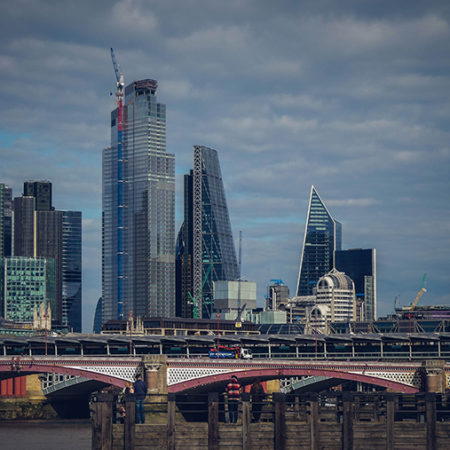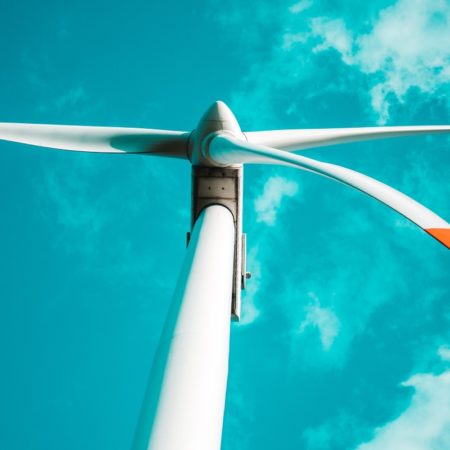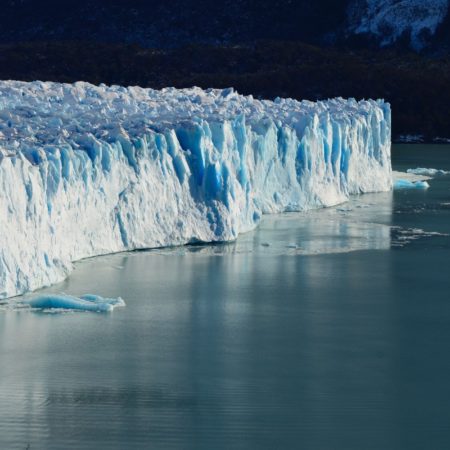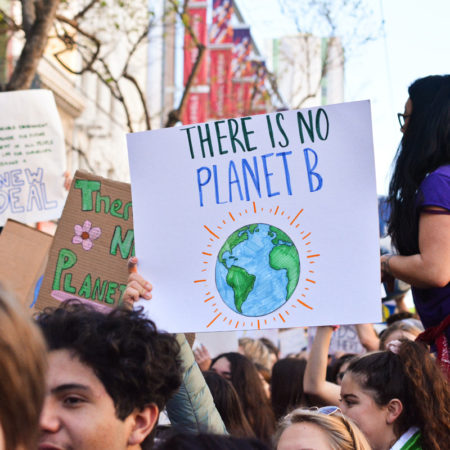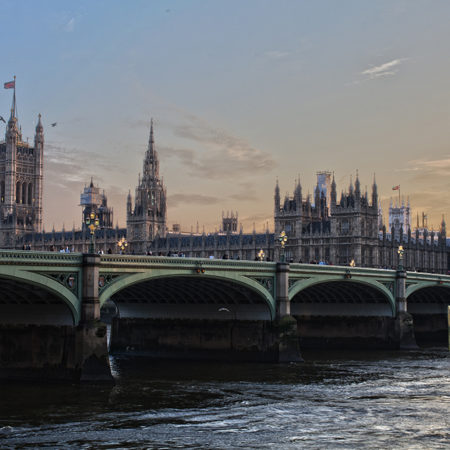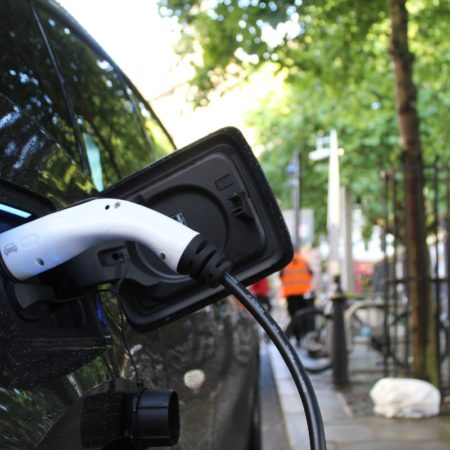In November, 196 world leaders will meet in Glasgow for COP26 – the UN’s annual climate change conference, and the most important one yet.
Key to COP26 success will be how we ramp up action towards the goals of the Paris Agreement, which aims to limit global warming to 1.5°C. To get you up to speed, we’ve put together a quick explainer on the Paris Agreement, and why it’s so crucial that we don’t fail.
What is the Paris Agreement?
An agreement between almost every country in the world to take action on climate change through substantially reducing greenhouse gas emissions. It was adopted at the 21st United Nations Climate Change Conference (COP21) in Paris in 2015, then came into force in 2016.
What’s the point of the Paris Agreement?
We are already seeing the consequences of a warming earth: increased flooding, wildfires, species extinction, drought. The earth is roughly 1°C warmer now than it was in the pre-industrial period. The point of the Paris Agreement is to limit the damage caused by climate change by committing to emissions cuts that will slow global warming.
Will the Paris Agreement stop global warming?
It is impossible to stop global warming completely, because of the emissions already generated and in the atmosphere. But the Intergovernmental Panel on Climate Change (IPCC) calculates that if we reduced all new emissions to zero immediately, it is likely that any further warming could be kept below 0.5°C. Keeping overall warming below 1.5°C would substantially reduce the threat that climate change presents to our energy, food and water systems.
However, cutting emissions in line with a 1.5°C pathway would involve an unprecedented transformation of the way we live, and the Paris Agreement recognises that this could have negative impacts on the countries involved. This is why it does not bind signatories to a 1.5°C pathway. The binding objective is to keep warming “well below 2°C”, while also “pursuing efforts” for the more ambitious 1.5°C pathway.
Who has signed up to the Paris Agreement?
As of September 2021, every country in the world has signed the agreement and almost every country in the world has ratified it. The European Union has also ratified it in its own right. The USA formally withdrew from the agreement under President Trump, but President Biden signed the order to re-join on his first day in office. The countries bound by the Paris Agreement represent over 97% of global greenhouse gas emissions.
How do we decide what different countries should do?
Each country has to submit a climate action plan every five years, known as its nationally determined contribution (NDC). In theory, countries can decide for themselves what targets to include in their NDC. But in in practice, the developed countries who currently generate more emissions per capita are expected to make bigger changes, implementing absolute targets for the reduction of emissions.
Developing countries get some leeway because they are starting from a lower baseline and have fewer resources, so they may choose different ways of setting targets, such as a reduction in emissions intensity (emissions per economic unit) rather than in absolute emissions. The underlying principle in dividing up climate action is for each country’s plan to be both “fair and ambitious”.
As well as action on reducing emissions, the NDC should also explain what the country is doing to adapt to and mitigate the effects of climate change. Once submitted, the NDCs are made available in a public registry.
Are the NDCs legally binding?
The Paris Agreement makes it compulsory for countries to draw up their NDC and work towards achieving it. But there is no legal obligation to actually achieve the emissions reductions promised.
How is progress monitored?
Starting in 2024, countries will be required to report on how they are progressing with their NDC goals. This includes how much they have reduced emissions, what adaptation measures they have put in place and how they have helped other signatories to the agreement achieve their own goals (or what support they have received themselves).
These reports will feed into a “global stocktake” to find out how far the world has progressed with its climate goals. Based on progress so far, countries will be given recommendations for more ambitious action in their NDC for the next five years.
What’s the Paris Agreement got to do with Net Zero?
To meet the Paris Agreement’s best case scenario goal of 1.5C warming, scientific evidence tells us that global emissions must reach net zero by 2050. To avoid the worst climate impacts, it will also need to drop by half by 2030.
That’s why the UK government has set a target to reach net zero emissions by 2050, and an NDC which commits to cutting emissions by at least 68% by 2030. However, we are currently not on track to achieve this.
Will the Paris Agreement actually work?
Countries that do not make enough progress on their NDCs may be reviewed by a committee and get help with achieving their aims. But there are no formal penalties for non-compliance. Some countries, when faced with the kind of drastic change required to achieve ambitious emissions cuts, may feel that reneging on their Paris Agreement commitment is the easier route. However, the UN has said that any short-term benefits to a country of flouting the agreement “will undoubtedly be overshadowed by negative reactions, by other countries, financial markets, and most important, by their citizens.”
Despite the lack of legal consequences for signatory countries, the Paris Agreement has already been used in the courts to effect significant change. For example, environmental activists recently won a case against Royal Dutch Shell on the grounds that its activities are incompatible with the Netherlands’ obligations under the Paris Agreement. This kind of court case is likely to play a significant role in the future fight against climate change.






